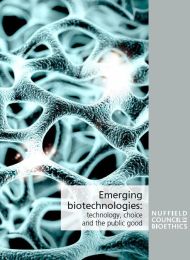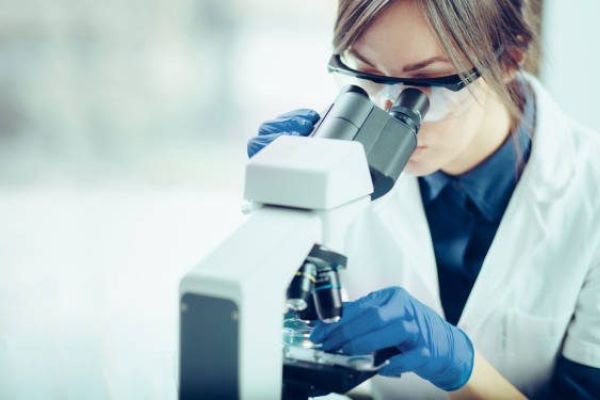Emerging biotechnologies: technology, choice and the public good
Report
Published 13/12/2012

Much is at stake in the decisions that are made about emerging biotechnologies. Choices about how different biotechnologies are supported and governed have significant consequences for the pursuit of national priorities and meeting global challenges in healthcare, food, energy, the environment and the economy.
There is a prevalent belief in the potential of biotechnologies to offer limitless progress and advances for human welfare, and to overcome the negative impacts that have come about as a result of previous technologies (such as environmental damage and antibiotic resistance). This drives considerable financial and political investment.
The biotechnology wager refers to the way in which, as a society, we are not only ‘betting’ on biotechnologies against other responses to the challenges we face, such as climate change, food and energy security, but may even be depending on future innovations to offset the costs of previous consumption and maintain current living standards.
When we look back at the origins of technologies in the past we often fail to recognise how unlikely it may have been that circumstances should come together to produce the outcomes we enjoy today. The emergence of biotechnologies is subject to multiple conditions, including funding, regulation, economic conditions, political climate and institutional agendas, the limits of knowledge and the constraints of nature, only some of which are subject to deliberate control.
In this complex environment, commitment to certain biotechnology pathways can result in others being crowded out without effective consideration of all the available options.
We conclude
Commitments to particular technology pathways should be evaluated not only in terms of their anticipated impacts but also by comparison to possible alternative pathways [Chapter 1].

Share